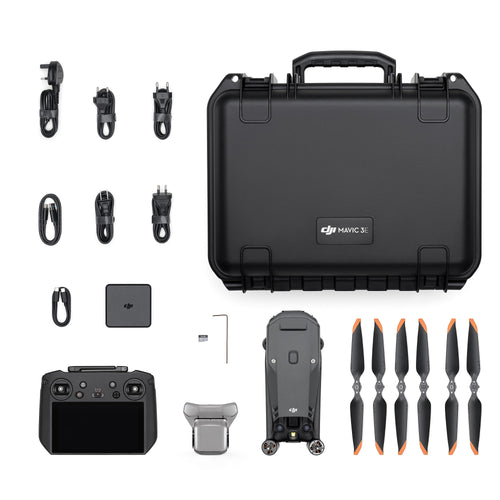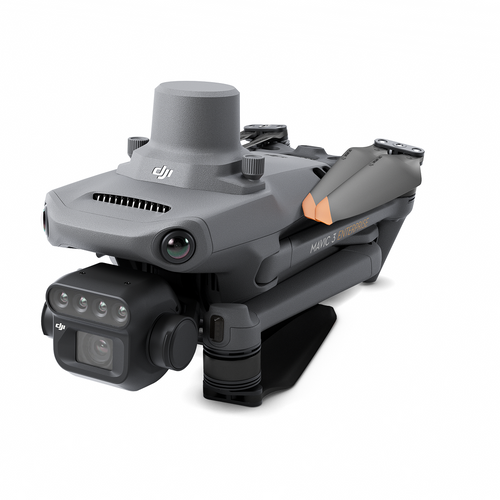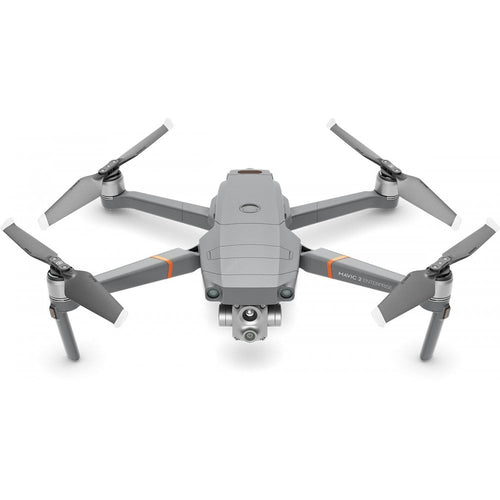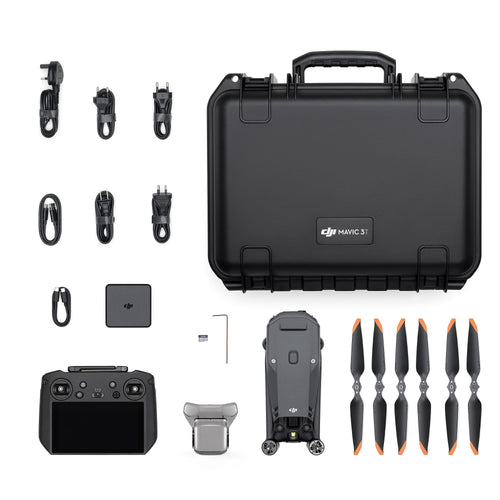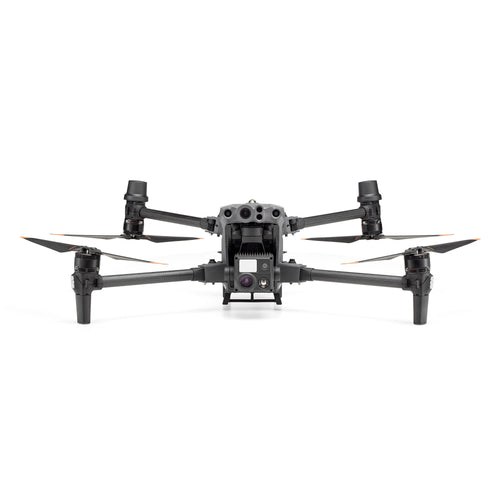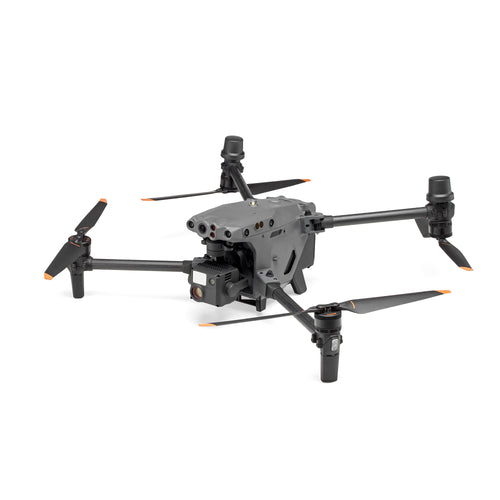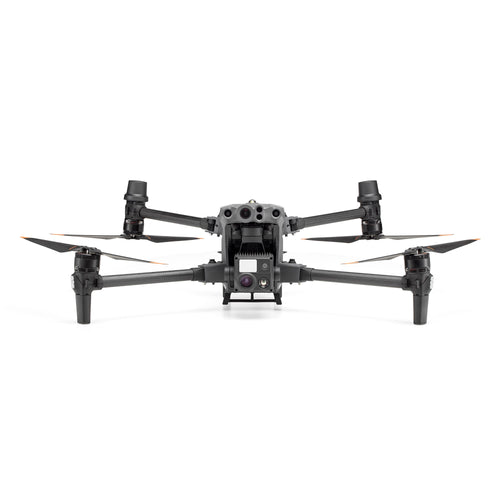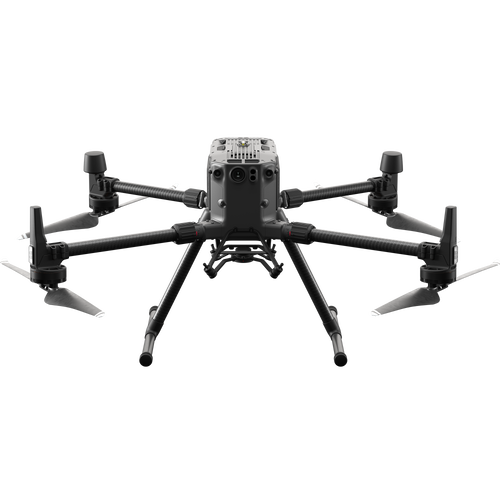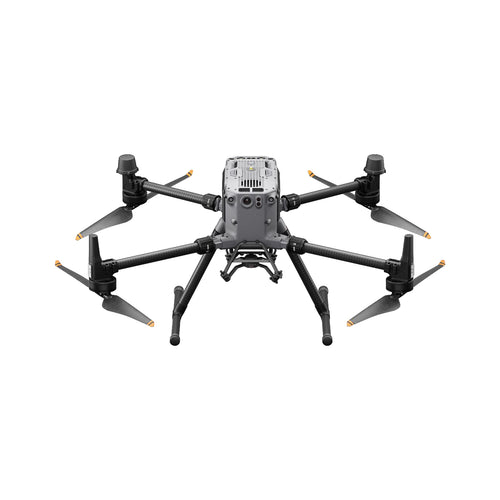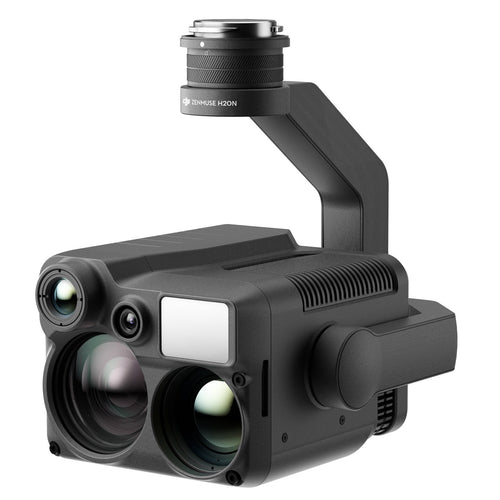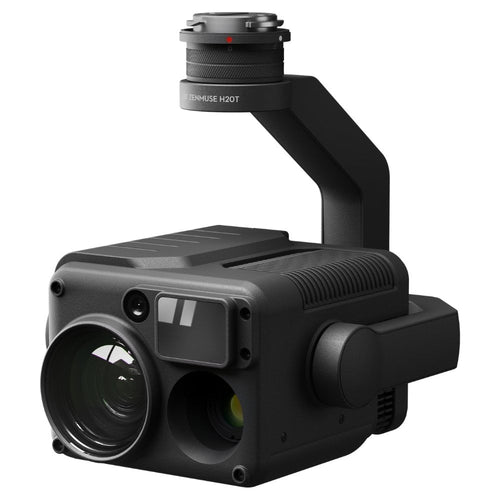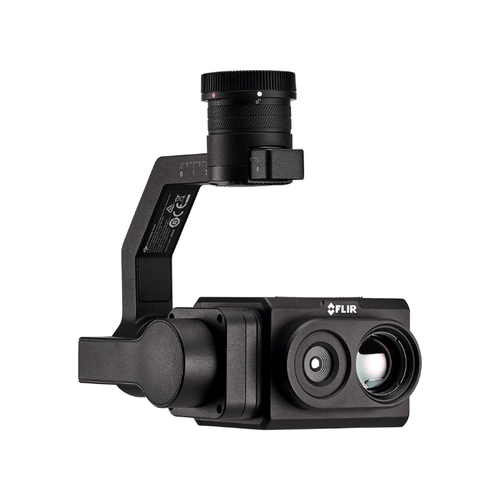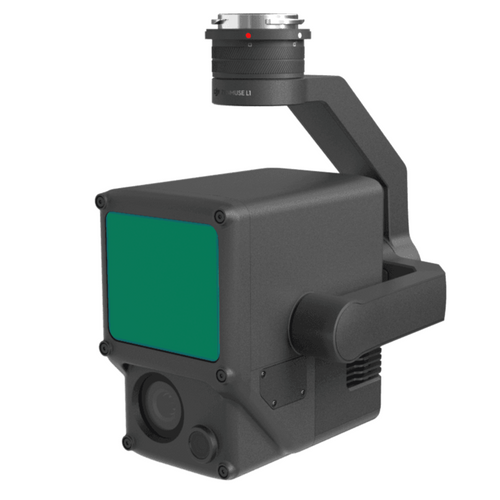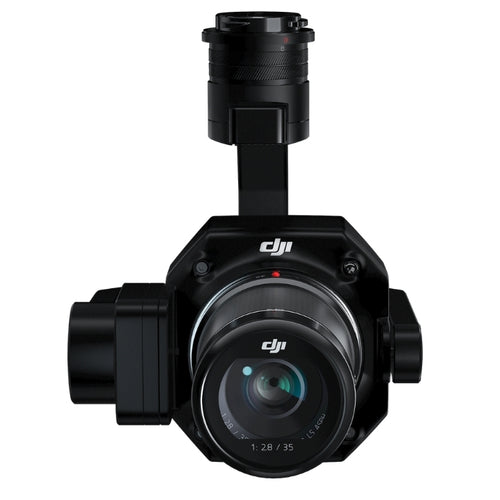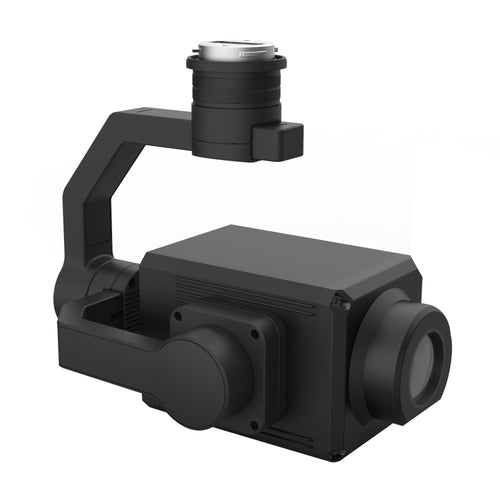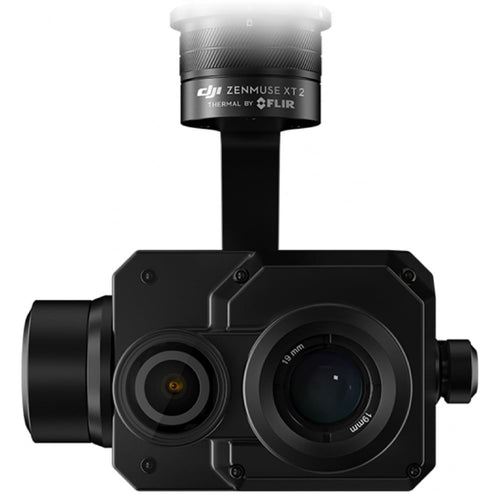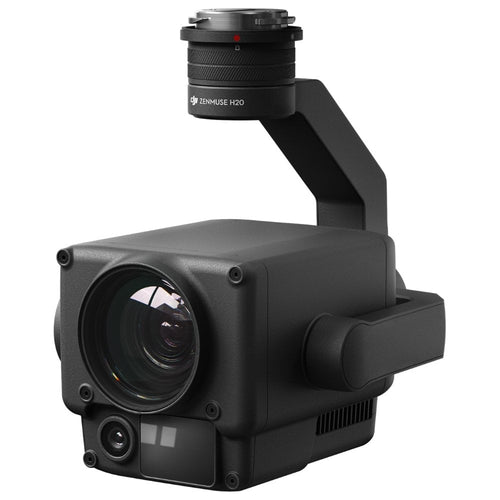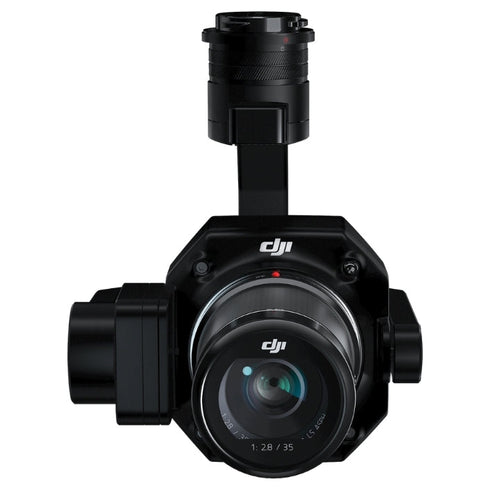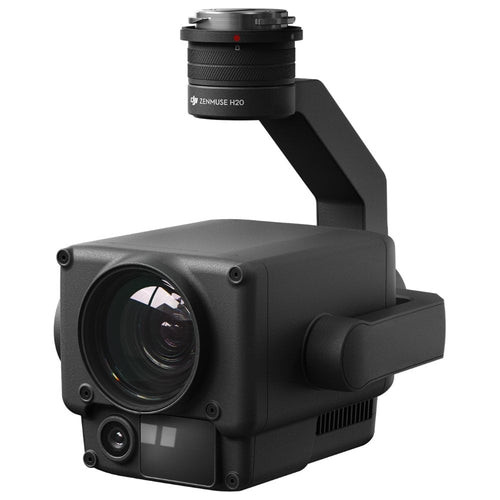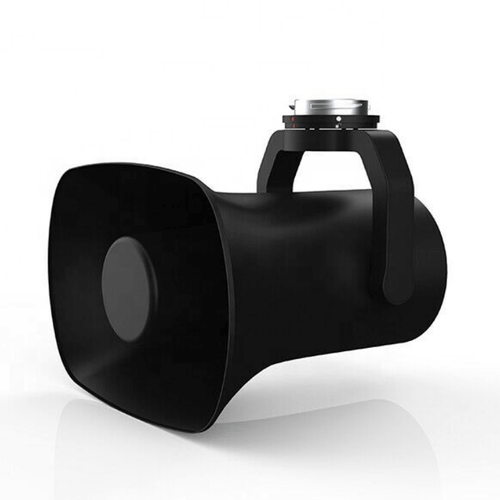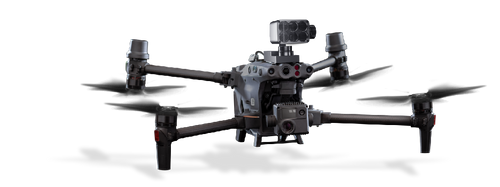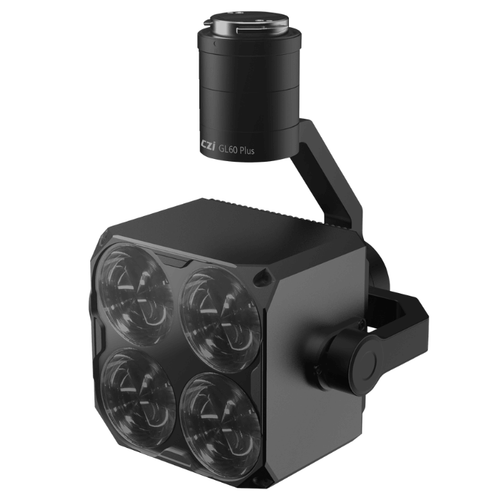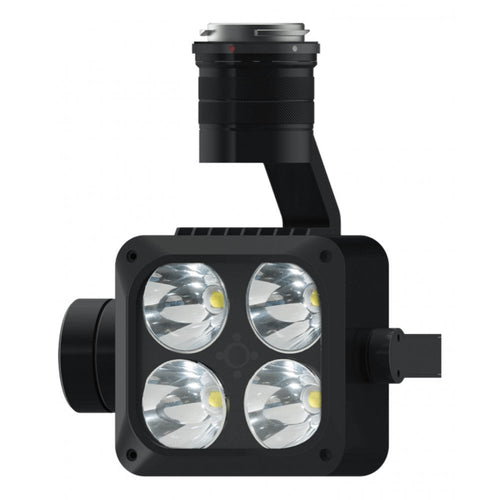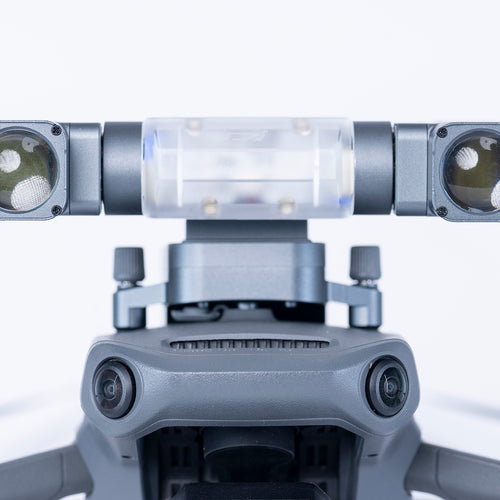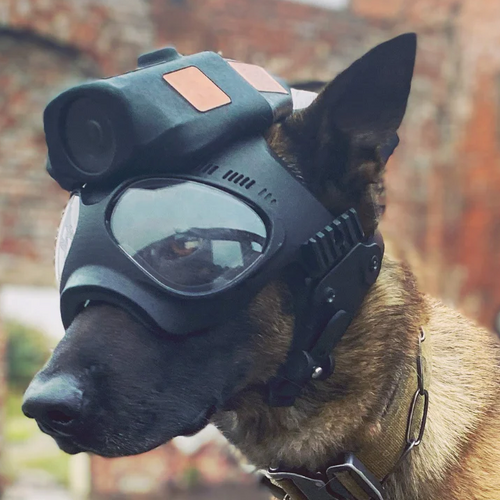"Each Drone Deployment Cost One-third Less."
For police forces, deploying a drone is a quicker and more cost-effective solution than sending out a police helicopter.
Drones also have the advantage that they are quieter, making them better placed during covert operations, while their ability to fly lower to the ground is useful in times of cloud cover.
For example, Kent Police says that by using a drone instead of a helicopter in appropriate circumstances, they will save a significant amount of money. The Force adds that a drone allows the police helicopter to be used for more serious incidents, whilst still achieving aerial assistance to officers on the ground. Kent Police says that using the drone helps speed-up tasks and save time, for example when searching for a missing person.
Meanwhile, Dorset Police believes the success of its own drone unit may have resulted in savings estimated at £170,000, according to a report in the Bournemouth Echo. The article added that each drone deployment cost at least one-third less than using the National Police Air Service helicopter. For balance, the article does say that the Force is paying fixed fees for the shared helicopter and additional fees each time it is used.
Drones may not replace helicopters in all circumstances, but they are certainly a vital tool for police forces, especially in times of budget cuts.
Lincolnshire Police has a thriving drone department. Sergeant Ed Delderfield said: "Drones provide a more flexible and cost-effective air asset compared with the NPAS helicopter alternative. As technology and legislation advances, I can see unmanned aircraft taking over. However, the manned helicopter still provides a unique capability and we are a long way off being able to operate without them."
